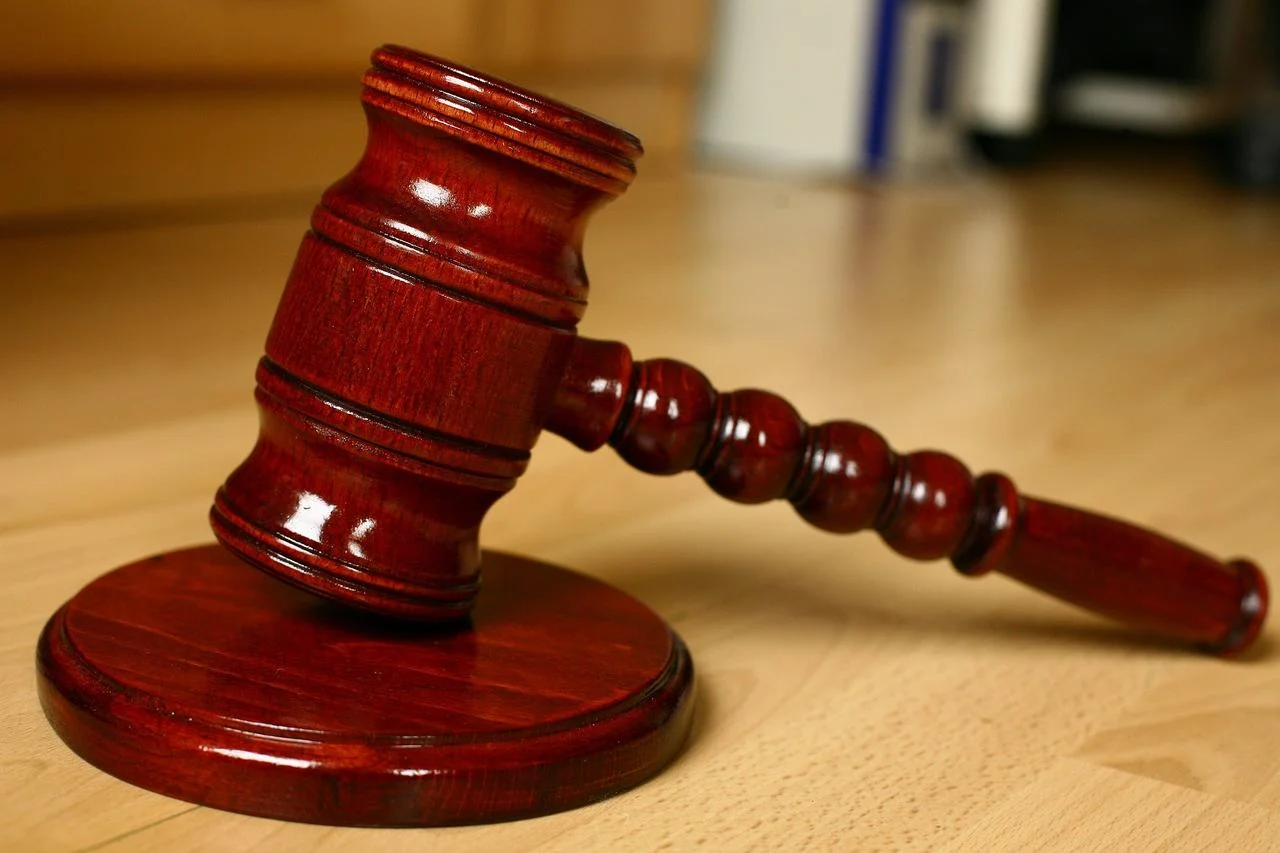Proving Fault in a South Carolina Product Liability Claim

In South Carolina, like in many states, product liability claims can arise when a defective product causes harm. Proving fault in such cases requires a thorough understanding of the legal framework and a systematic approach to building a compelling case. In this guide, we will outline the key steps to establish liability in a South Carolina product injury claim, focusing on facts and practical considerations.
Identify the Parties Involved
Clearly identify the parties involved, including manufacturers, distributors, and retailers. Understanding the product’s supply chain is crucial for establishing liability.
Determine the Type of Defect
South Carolina recognizes three main types of product defects: design defects, manufacturing defects, and marketing defects (failure to warn or inadequate instructions). Pinpointing the specific defect type is fundamental to proving fault.
Preserve the Product
Preserve the defective product as evidence. This includes keeping it in the condition it was in at the time of the incident. This tangible evidence can be invaluable during investigations.
Document the Incident
Thoroughly document the incident that led to the injury. Collect witness statements, take photographs, and note the circumstances surrounding the product’s use. This information helps establish a clear timeline and context.
Medical Records and Expert Opinions
Seek medical attention immediately and maintain detailed medical records. Medical documentation can link the injury directly to the defective product. Additionally, consult with experts who can provide opinions on the product’s defects and their impact on safety.
Review Product Manuals and Warnings
Examine the product’s manuals, labels, and warnings. Evaluate whether they adequately informed users of potential risks and dangers. Inadequate warnings or instructions can contribute to liability.
Explore Similar Incidents
Investigate whether similar incidents have occurred with the same product or similar products. Patterns of defects or recurring issues strengthen the argument for product liability.
Document Recalls and Complaints
Check for any product recalls or consumer complaints related to the product. This information can serve as additional evidence of known defects or hazards.
Establish Negligence or Strict Liability
Depending on the circumstances, determine whether the case is based on negligence or strict liability. In South Carolina, both legal theories are relevant in product liability claims, and understanding the distinction is crucial.
Consult with an Attorney
Seek legal counsel experienced in product liability cases. An attorney can guide you through the complexities of South Carolina laws, assess the strength of your case, and help you navigate the legal process.
Conclusion
Successfully proving fault in a South Carolina product injury case requires a methodical and fact-based approach. By identifying the parties involved, determining the defect type, preserving evidence, and seeking professional guidance, you can build a strong case to hold responsible parties accountable. Remember, in product liability claims, facts and documentation are your strongest allies.
